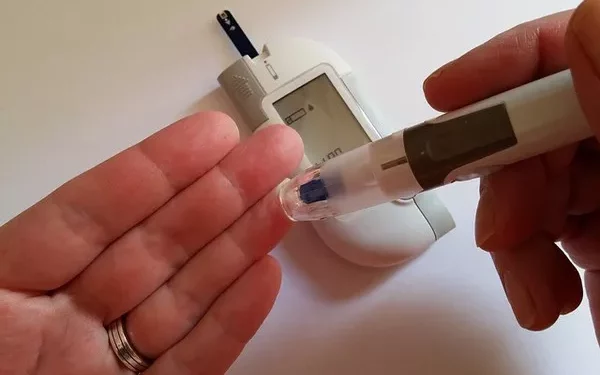Diabetes mellitus (DM) poses a persistent global health challenge, affecting millions worldwide. Islet transplantation, a therapeutic approach aimed at restoring insulin production, has emerged as a beacon of hope. A recent review explores the transformative potential of cutting-edge technologies—single-cell RNA sequencing (scRNA-seq) and spatial transcriptomics—in revolutionizing islet transplantation and advancing diabetes treatment.
Single-cell RNA sequencing delves deeply into the cellular diversity and functionality of islet grafts, providing insights into the specific cell types and states that influence graft acceptance and functionality. This technology enables researchers to uncover the intricate cellular mechanisms at play, shedding light on the factors that promote graft survival or contribute to rejection.
Complementing scRNA-seq, spatial transcriptomics offers a three-dimensional perspective by mapping gene expression within the tissue’s spatial framework. This approach is instrumental in understanding the microenvironment of transplanted islets, including their interactions with surrounding host tissues. Together, these technologies provide a holistic view of the cellular and molecular landscape, offering unprecedented insights into the dynamics of islet graft function and integration.
The review highlights the potential of these advancements to pave the way for personalized medicine. By integrating these technologies, researchers can identify mechanisms underlying islet survival, function, and rejection, fostering the development of targeted therapies. These insights hold promise for enhancing graft performance and improving patient outcomes, representing a significant step forward in diabetes management.
Looking ahead, the review underscores the importance of addressing ethical and technical challenges to facilitate the implementation of these integrated approaches in both research and clinical practice. Future applications may extend to predicting disease progression, tailoring treatment strategies, and advancing regenerative medicine. By overcoming these hurdles, the integration of single-cell genomics and spatial transcriptomics can revolutionize the landscape of diabetes care, offering patients improved quality of life through more effective and personalized islet transplantation strategies.
The potential of these technologies underscores the critical role of interdisciplinary research in tackling one of the most pressing health crises of our time.
Related topics:
UVA Study Shows Continuous Glucose Monitors Can Predict Type 1 Diabetes Complications
Unlocking a New Era in Diabetes Care: Europe’s Call to Action
UVA and Tandem Diabetes Care Collaborate to Transform Automated Insulin Delivery


























